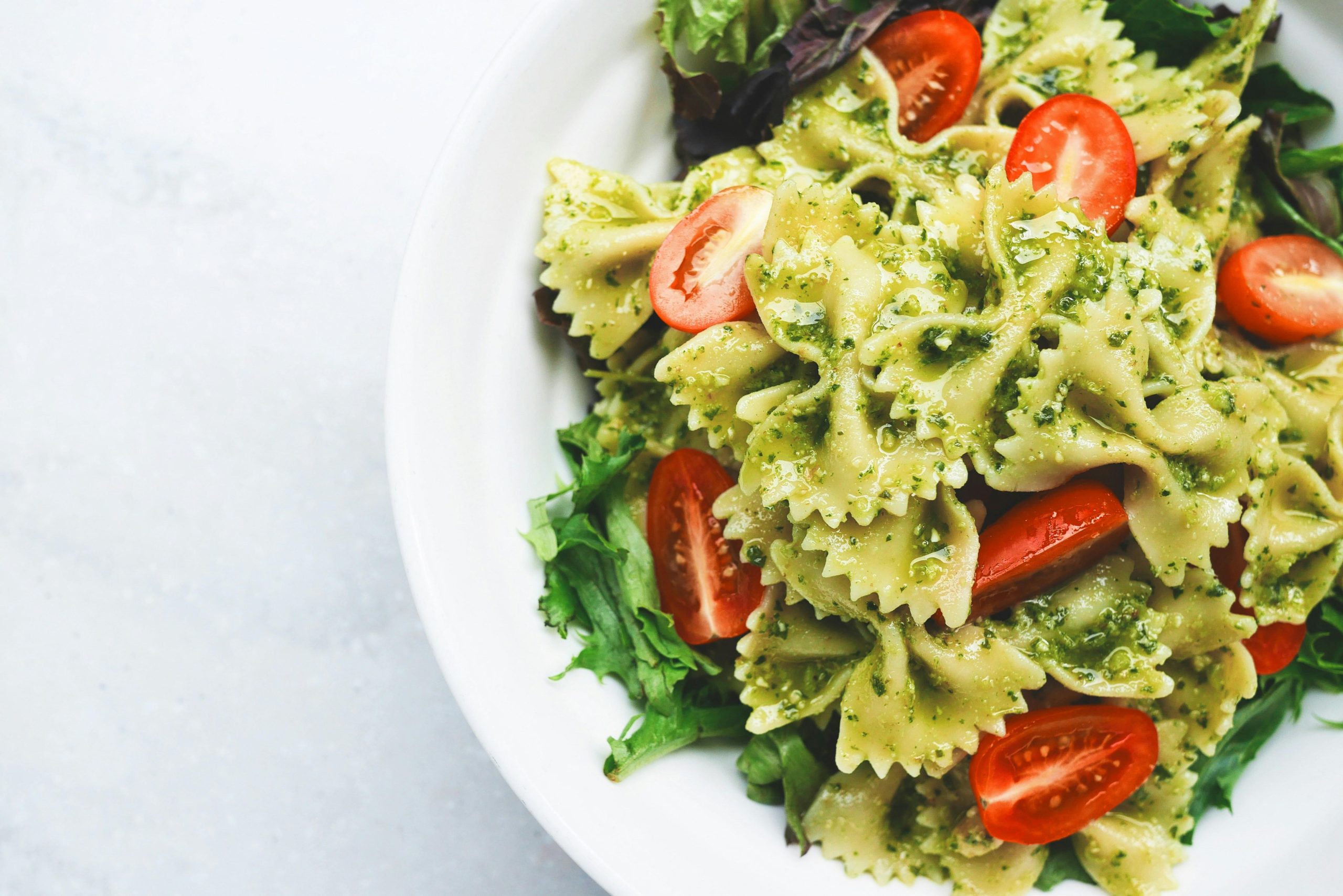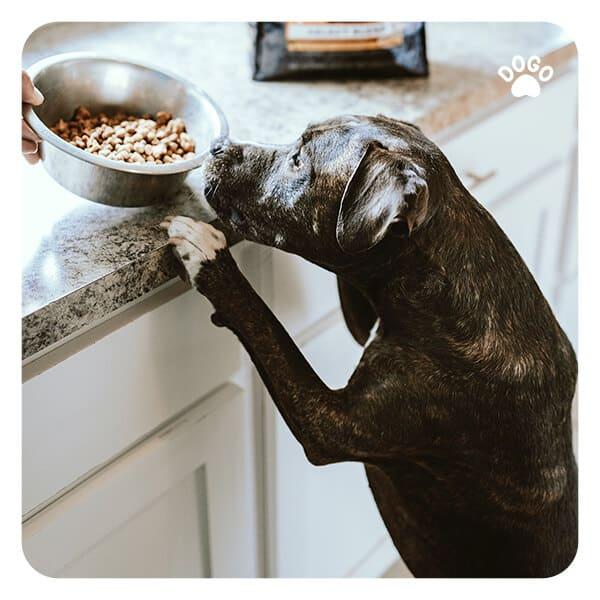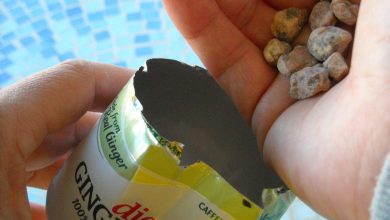How to stop your dog from stealing food

Title: How to Stop Your Dog from Stealing Food
Introduction:
Dogs are beloved members of many households, bringing joy and companionship to their families. However, their natural curiosity and love for food can sometimes lead to undesirable behaviors, such as stealing food from countertops, tables, or even directly from your hand. This behavior, while common, can be frustrating for pet owners and may pose health risks to your dog. Fortunately, with patience and consistent training, you can curb this habit and promote better behavior in your furry friend. In this article, we will explore effective strategies and practical tips to prevent your dog from stealing food, ensuring a harmonious and safe environment for both you and your pet.
Understanding Why Dogs Steal Food
Dogs are naturally curious and opportunistic creatures, often driven by their powerful sense of smell and instinct to scavenge. This behavior can sometimes lead them to snatch food from tables or countertops. Understanding the reasons behind this can help in curbing the habit. Some common reasons include:
- Hunger: Your dog might simply be hungry or not getting enough nutrition from their regular meals.
- Boredom: Dogs need mental and physical stimulation. A lack of it can lead them to seek entertainment through food stealing.
- Attention-seeking: If your dog realizes that stealing food gets your attention, they might continue doing it as a way to engage with you.
- Instinct: Dogs are natural foragers, and this instinct can sometimes manifest as food theft.
By identifying the underlying cause, you can implement targeted strategies to address the behavior, ensuring a harmonious home environment.

Creating a Consistent Feeding Schedule
Establishing a routine is crucial in curbing your dog’s tendency to swipe snacks from the table. Start by setting fixed times for meals each day, ensuring your dog knows when to expect food. This consistency not only helps with digestion but also reduces anxiety and the urge to scavenge. Make sure to provide enough food according to your dog’s size, age, and activity level, as hunger can be a significant driver of food-stealing behavior.
Consider incorporating a few strategies to support this routine:
- Feeding Location: Designate a specific spot in your home for feeding. This helps your dog associate that area with meal times.
- Scheduled Treats: Offer treats at regular intervals rather than randomly, so your dog knows treats are coming and won’t feel the need to steal.
- Interactive Feeding Toys: Use puzzle feeders or treat-dispensing toys to make meal times more engaging, which can also slow down eating and reduce the likelihood of begging.
By maintaining this structured schedule, you’ll foster better behavior and strengthen the bond with your furry friend.

Training Techniques to Discourage Food Stealing
One effective approach to curb your dog’s food-stealing habits is through consistent training techniques. Positive reinforcement is key here. Whenever your dog exhibits desired behavior, such as ignoring food left unattended, reward them with a treat or verbal praise. This helps them associate good behavior with positive outcomes. Consistency is crucial—ensure all family members are on board with the training to avoid mixed signals.
- Command Training: Teach your dog basic commands like “leave it” or “stay.” Practice these commands regularly, gradually increasing the temptation by placing food within their reach but requiring them to obey the command before rewarding them.
- Controlled Environment: Start training in a controlled setting where distractions are minimal. As your dog becomes more reliable, gradually introduce more challenging environments.
- Supervision and Management: Until your dog is fully trained, manage their environment to prevent opportunities for food theft. This might mean keeping food out of reach or using baby gates to restrict access to certain areas.

Using Environmental Management to Prevent Food Theft
Implementing strategic environmental management can be a game-changer in curbing your dog’s sneaky food theft. Start by making your home less tempting for your furry friend. Keep all food items out of reach; use high shelves or closed cabinets to store snacks and meals. If your dog is a counter-surfer, ensure that countertops are clear of any enticing treats. Consider using baby gates to restrict access to certain areas, like the kitchen, where food is more likely to be within paw’s reach.
Enhance your environmental setup with these additional strategies:
- Use dog-proof trash cans to prevent rummaging.
- Feed your dog on a regular schedule to reduce hunger-driven thievery.
- Incorporate puzzle feeders or interactive toys to keep them mentally stimulated and distracted from food stealing.
By modifying the environment to minimize temptation and providing alternative stimulation, you can effectively deter your dog from turning mealtime into a game of theft.



